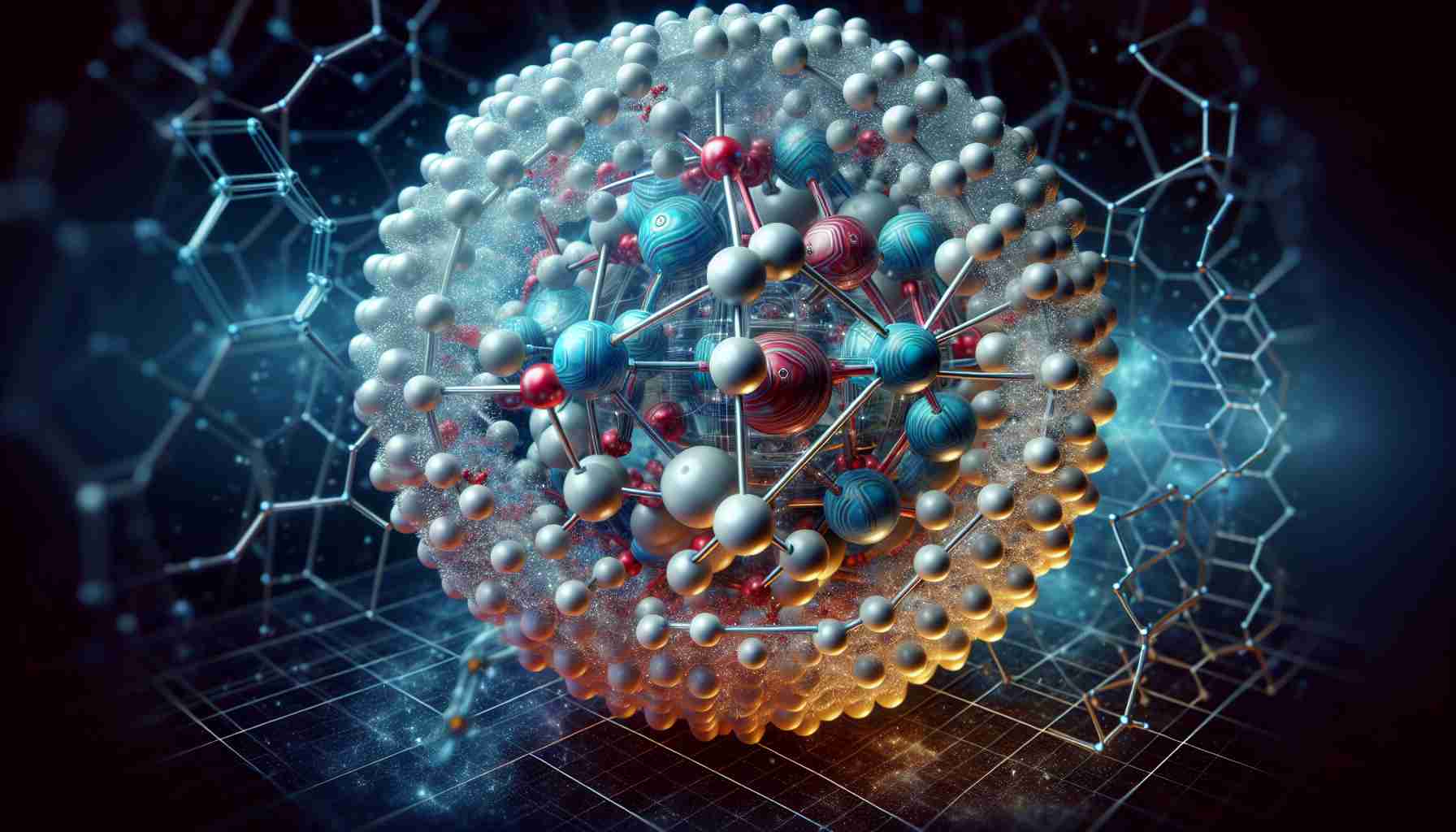A new research platform developed by a team led by Luo, utilizing the intense X-ray radiation of the Advanced Photon Source (APS), has allowed scientists to track the movement of ions in perovskites – potential materials for new solar energy harvesting devices.
Solar farms are becoming increasingly important in the fight against climate change, so scientists are searching for new materials that will make solar panels even more efficient. Enhancing efficiency requires the study of materials that detect and emit light, which form the foundation of optoelectronics research. One of the new types of these materials is perovskites.
Scientists at the Advanced Photon Source (APS), a research facility of the United States Department of Energy at the Argonne National Laboratory, recently published a study in the journal Joule, where they presented how ions move in different perovskite crystals under the influence of ultraviolet (UV) radiation. Scientists are interested in studying the stability of materials under UV radiation, as it can significantly reduce the efficiency of solar cells by over 50% after prolonged exposure.
Electricity is generated from light that strikes the solar cell, displacing electrons associated with it and enabling them to circulate and move within. However, the instability of perovskites causes, for example, iodine to leave the system in the form of iodine gas, creating gaps for ions to migrate, resulting in defects that cause the system to stop functioning. Scientists hope that improving the stability of perovskites will allow solar cells to have a lifespan of twenty to thirty years, making them more useful in the industry.
“Perovskites have great potential for use in solar cells as well as LED displays. At the Argonne Laboratory, we hope to utilize the powerful X-ray beams to uncover the secrets of perovskites and find ways to overcome their stability challenges,” said Yanqi (Grace) Luo, a scientist at the Argonne Laboratory and the lead author of the article.
Perovskites have great potential for use in solar cells and are strong contenders for a breakthrough in solar energy and climate resilience. Commercial photovoltaic cells made of silicon can convert 10-15% of solar energy into electrical energy. In contrast, perovskites have increased this value to 26% since the first experiments in 2009, surpassing many other types of solar cells.
To improve the conversion of solar energy in perovskites, scientists are working on enhancing the stability of the material by introducing innovative components and altering its structure. By modifying the proportions of halides and adding different ions of varying sizes or quantities, scientists can take advantage of the beneficial properties of perovskites. Due to the instability characteristics of perovskite-based cells, it is necessary to design a specialized research platform and exercise particular caution during the studies.
FAQ:
1. What role does the research platform developed by Luo’s team play?
– The platform allows scientists to track the movement of ions in perovskites, potential materials for new solar energy harvesting devices.
2. Why are scientists searching for new materials for solar panel production?
– Scientists are searching for new materials to make solar panels even more efficient because solar farms are becoming increasingly important in the fight against climate change.
3. What are perovskites?
– Perovskites are one of the new types of materials that detect and emit light, forming the basis of optoelectronics research.
4. What study did scientists from the Advanced Photon Source (APS) publish?
– Scientists published a study in the journal Joule, where they presented how ions move in different perovskite crystals under the influence of ultraviolet (UV) radiation.
5. Why are scientists interested in studying the stability of perovskites under UV radiation?
– UV radiation can significantly reduce the efficiency of solar cells, so scientists are studying the stability of perovskites to improve their efficiency.
6. What are the hopes of scientists in improving the stability of perovskites?
– Scientists hope that improving the stability of perovskites will allow solar cells to have a lifespan of twenty to thirty years.
7. What are the potential applications of perovskites?
– Perovskites have great potential for use in solar cells and LED displays.
8. What are the benefits of using perovskites compared to other types of solar cells?
– Photovoltaic cells made from perovskites have a higher ability to convert solar energy into electrical energy compared to cells made from silicon.
9. How are scientists working on improving the stability of perovskites?
– Scientists are working on enhancing the stability of perovskites by introducing innovative components and altering the structure.
10. Why is it necessary to design a specialized research platform and exercise caution during perovskite studies?
– Due to the instability characteristics of perovskite-based cells, it is necessary to design a specialized research platform and exercise particular caution during the studies.
Vocabulary:
1. Stability – the ability to remain unchanged.
2. Efficiency – effectiveness, efficiency of operation.
3. Perovskites – a type of materials that detect and emit light.
4. Solar energy – energy derived from the sun.
5. Solar farms – installations designed to generate electrical energy from the sun.
Suggested related links:
– Argonne National Laboratory
– United States Department of Energy
The source of the article is from the blog meltyfan.es
